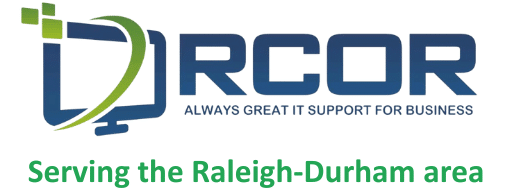Open a browser in 2025 and you’re stepping into a world that remembers nearly everything you do online. Every click, search, and scroll leaves a mark. Some of it helps—autofilling passwords, saving preferences—but a lot of it quietly fuels ad targeting or, worse, data leaks. That’s why internet browser privacy has become one of the most practical skills any modern user can learn.
Whether you’re handling client data for a small business or just trying to keep social media algorithms from knowing you too well, your browser is the gatekeeper. And with a few thoughtful changes, it can be the strongest wall of defense you’ve got.
Why Privacy Matters More Than Ever
The internet feels faster and smarter each year—but also a little less private. Hidden trackers follow you from one tab to another, building detailed profiles of your habits and location. Many people have no idea this happens in the background until they see the same product ad shadowing them for days.
In 2025, strong privacy isn’t a luxury; it’s part of basic online hygiene. When you realize how much of your browsing data is stored, it’s easy to see why cybersecurity experts repeat the same advice:
An important safe browsing fundamental is: only enable the features you need.
If a website doesn’t need your camera, microphone, or location, turn those permissions off.
For professionals, privacy is about more than personal comfort. A single leak of client information can damage trust overnight. Using browsers with built-in privacy protection shows clients you take data security seriously—and that credibility matters just as much as convenience.
The Digital Hazards Lurking in Plain Sight
Most privacy risks aren’t dramatic hacks; they’re quiet and constant.
Cookies and trackers record browsing history for advertisers.
Fingerprinting identifies you by tiny details such as your screen size or fonts.
Phishing links disguise themselves as harmless forms or login pages.
Outdated browsers leave the door open for exploits already fixed elsewhere.
Keeping software current is still one of the simplest ways to stay safe. A quick update often closes more vulnerabilities than any new extension could.
What Today’s Browsers Actually Offer
It’s natural to wonder: which of the following do web browsers offer to protect you? Most modern ones now include:
Private or incognito mode – wipes local history and cookies after each session.
Tracker blocking – stops advertisers from following you between sites.
Fingerprinting defenses – hides hardware and system details.
Automatic HTTPS – encrypts data exchanges so outsiders can’t intercept them.
Not every browser enables these tools by default, so learning where they live in your settings is worth the few minutes it takes.
The Most Private Browsers in 2025
Firefox
Long loved by privacy advocates, Firefox combines transparency with deep customization. It lets you adjust how strictly you block trackers, manage cookies by site, and even isolate social-media logins so they can’t track you elsewhere.
Brave
Brave takes a bold stance: ads and trackers are blocked the moment you install it. Pages load faster, and its built-in privacy report shows exactly what it blocked—proof your settings are working.
Tor Browser
If anonymity is the goal, Tor is in a league of its own. It routes traffic through multiple encrypted layers, making it nearly impossible to trace. It’s slower, yes, but unmatched for those who need serious privacy.
DuckDuckGo Browser
Known first as a search engine that doesn’t track you, DuckDuckGo’s browser extends that same promise. It blocks third-party trackers and erases your session history automatically.
Mullvad Browser
Less mainstream but incredibly secure, Mullvad pairs perfectly with VPN services. Everything you do is encrypted and masked, ideal for users who want minimal digital fingerprints.
Fine-Tuning Your Privacy Settings
Even the best browser needs a little setup. Start by enabling private browsing as your default. Then:
Activate tracker and fingerprinting protection. It’s usually under “privacy and security.”
Use a VPN or proxy if you often browse on public Wi-Fi.
Review site permissions monthly. Remove access to your camera, microphone, or location unless you actively use them.
Limit cookies. Keep first-party cookies for convenience; block the rest.
Clear your cache once in a while—especially after banking or shopping sessions.
These aren’t tech-heavy moves. They’re simple habits that keep your browsing lean and private.
Building Everyday Safe-Browsing Habits
True privacy is a rhythm, not a one-time setup. Regular updates, cautious clicking, and awareness go further than any single feature. If you run a business, teach your team these basics: verify links before opening, use strong unique passwords, and never download extensions without checking the source.
Switching to a private search engine such as DuckDuckGo also helps reduce tracking. Pair that with a privacy-focused browser, and your data footprint shrinks dramatically.
Remember—an important safe browsing fundamental is to only enable the features you need. The fewer doors you leave open, the less you have to worry about who’s walking through them.
The Bottom Line
Internet browser privacy isn’t about paranoia; it’s about control. The web will always collect data—it’s how it learns—but that doesn’t mean you have to hand over everything. Choosing the right browser, keeping it updated, and practicing mindful browsing habits put you back in charge of your own information.
Your browser is the front door to your digital life. Lock it wisely, check the windows, and browse with confidence.

